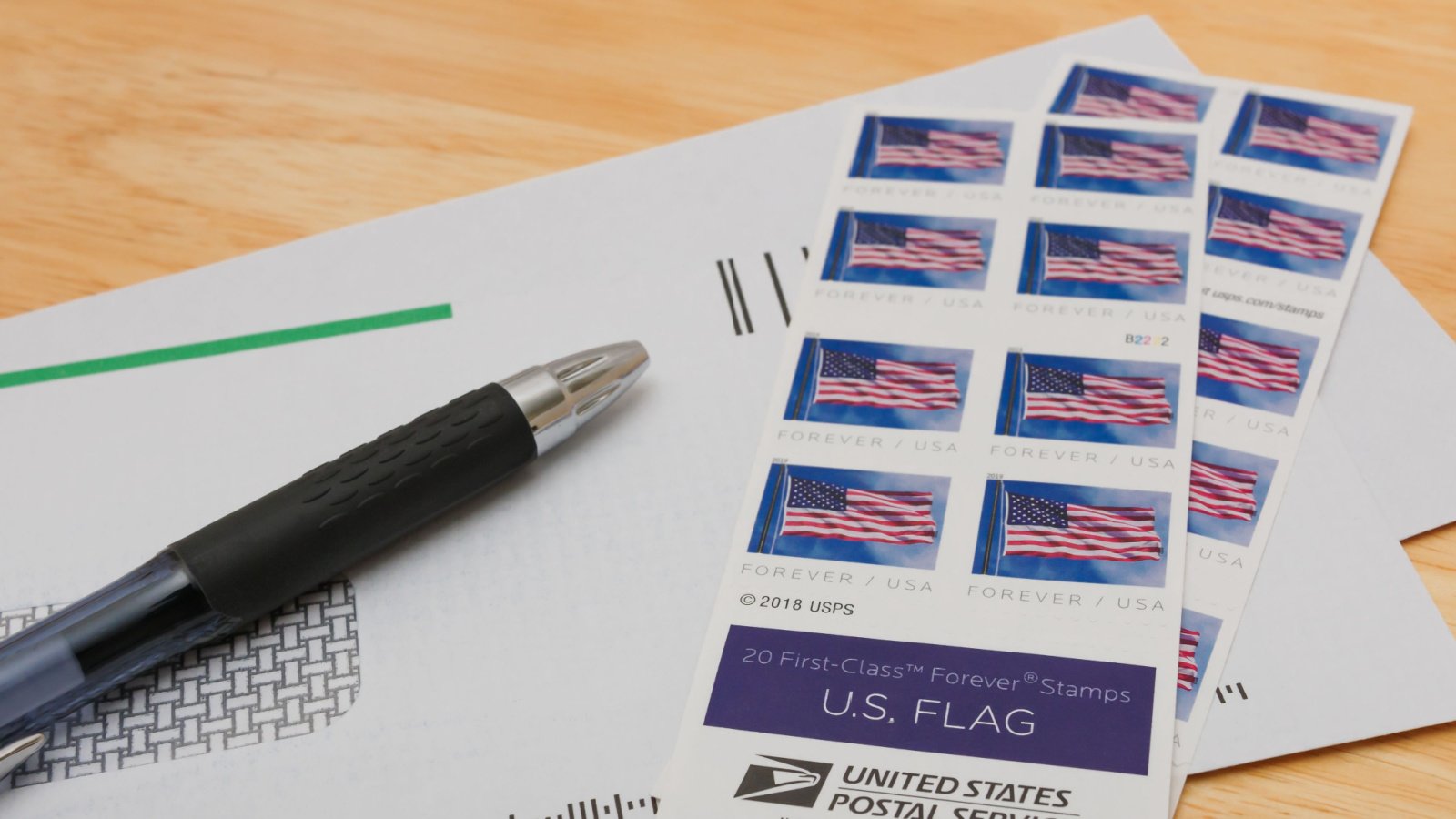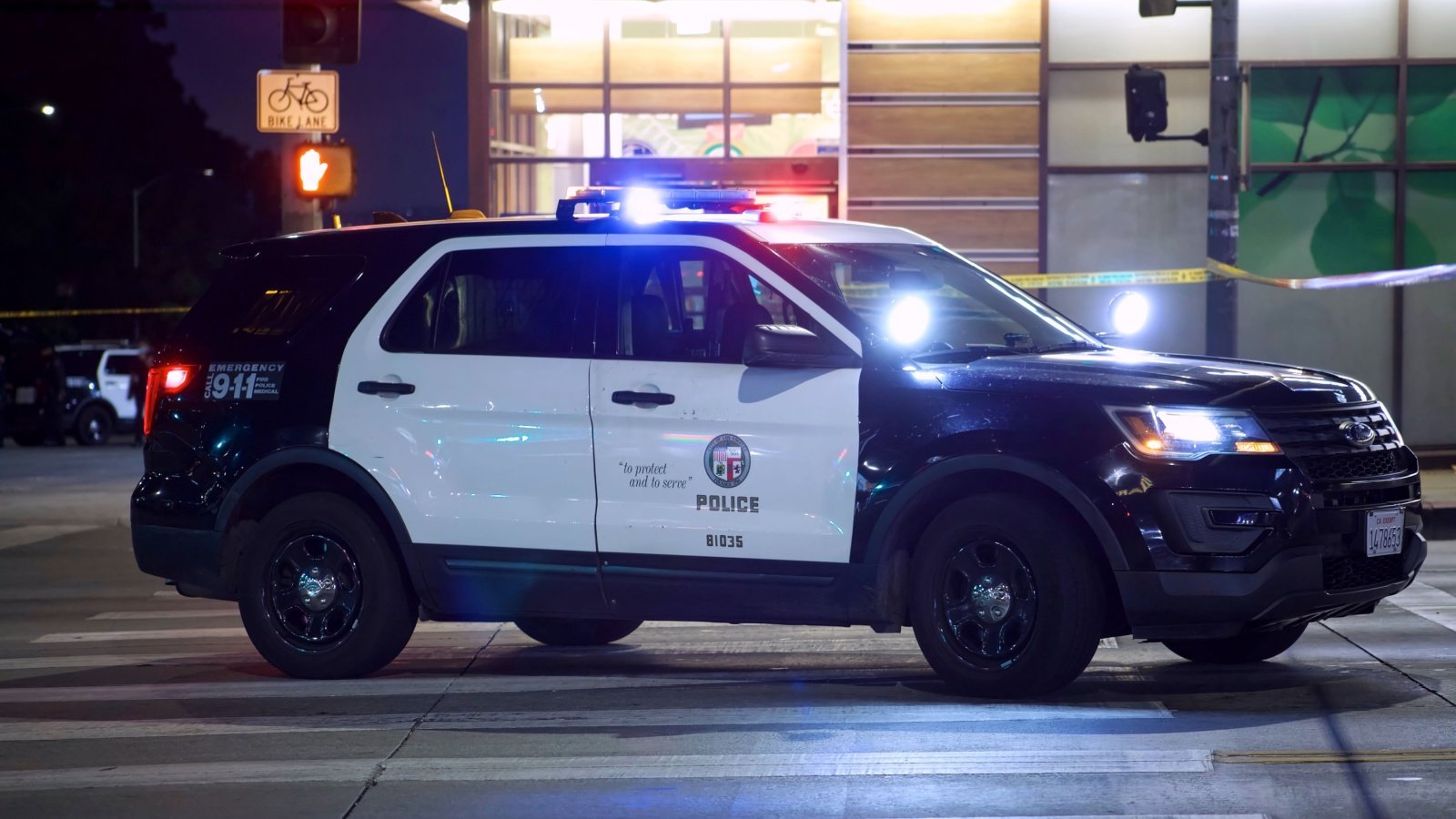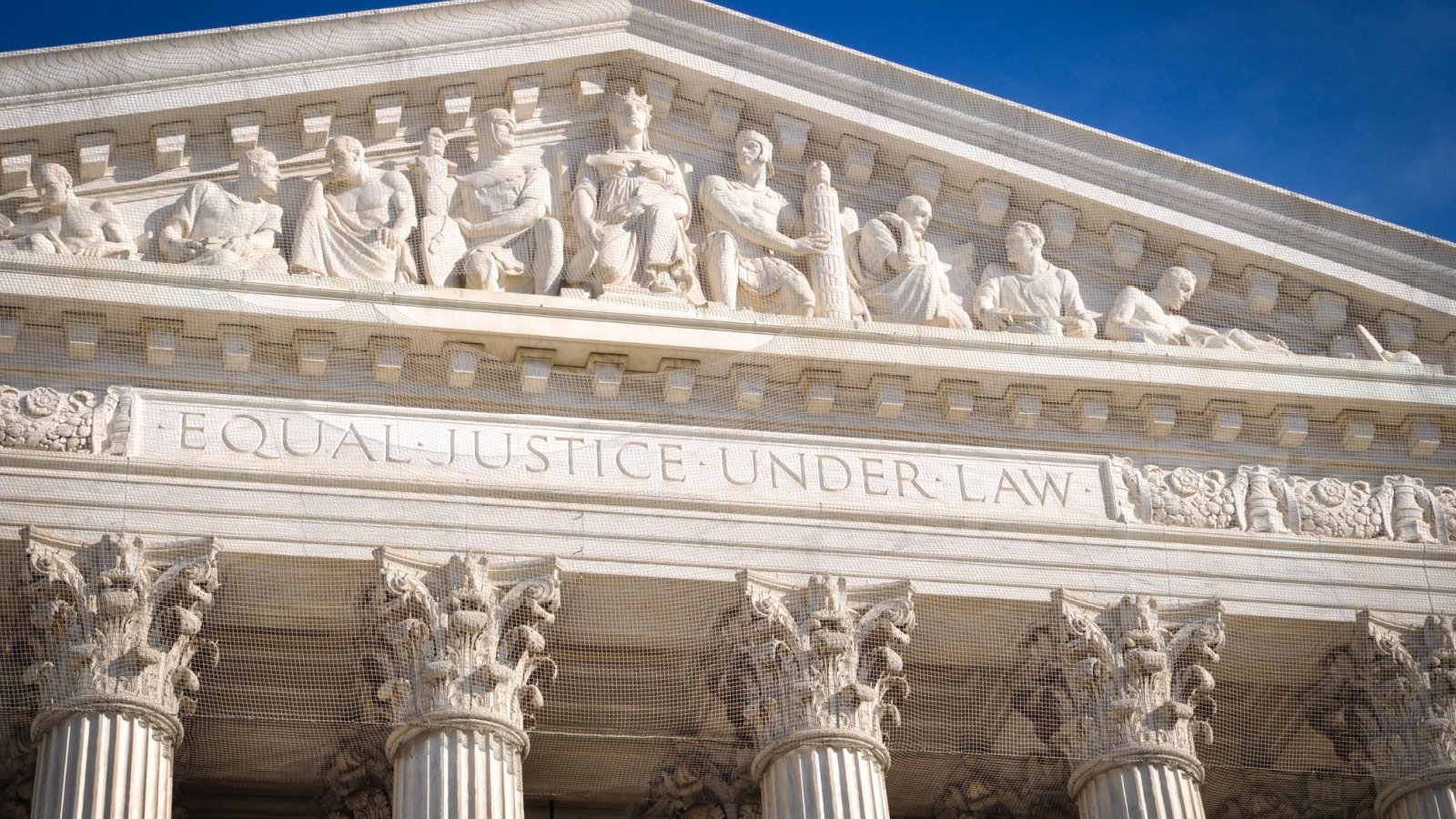The U.S. Postal Service has quietly shared Americans’ mail details with law enforcement for over a decade, sparking privacy concerns. With nearly 60,000 requests since 2015, the scope of this surveillance has rarely been denied.
Postal Service Surveillance Revealed

The U.S. Postal Service has been sharing information from Americans’ letters and packages with law enforcement for over a decade. This practice includes conveying names, addresses, and other details from mail without a court order.
Mail Monitoring for Crime Investigation

Postal inspectors assert that they fulfill these requests to aid in finding fugitives or investigating crimes. Records show more than 60,000 requests have been received since 2015, with approvals granted in the vast majority of cases.
High Approval Rate for Mail Requests

Each request can cover multiple days or weeks of mail sent to or from an individual. Data reveals that 97 percent of these requests were approved, resulting in the recording of over 312,000 letters and packages between 2015 and 2023.
Legal Framework and Surveillance Techniques

The mail covers program, a longstanding surveillance technique, helps track suspects or evidence. While the practice is legal, postal inspectors can only share visible information unless they obtain a warrant.
Secrecy in Surveillance Program

The U.S. Postal Inspection Service traditionally withholds details on the frequency of these requests. In a 2015 audit, they argued that revealing such information would undermine the program by alerting criminals.
High Volume of Requests from Law Enforcement

The 2015 audit revealed over 158,000 approved requests from postal inspectors and law enforcement over four years. Major requesters included the IRS, FBI, and Department of Homeland Security.
Senators Demand Judicial Oversight

In May 2023, eight senators urged the Postal Service to require federal judge approval for these requests. They also called for greater transparency, criticizing the agency for keeping postal customers unaware of the surveillance.
Chief Postal Inspector Defends Policy

Earlier this month, Chief Postal Inspector Gary Barksdale declined to change the surveillance policy. He provided data showing an average of 6,700 requests per year and the recording of data from about 35,000 pieces of mail annually.
Justification for Mail Surveillance

Barksdale asserted that the program is not a large-scale surveillance apparatus but targets mail that aids police and national security missions. He emphasized the legal authorization of this practice since 1879, following a Supreme Court ruling.
Legal Perspective on Mail Privacy

Barksdale argued that there is no reasonable expectation of privacy for information on the outside of mail. He maintained that this practice is distinct from the requirements for monitoring emails and texts.
Senatorial Criticism

Senator Ron Wyden criticized the Postal Inspection Service for allowing warrantless surveillance of Americans’ mail. He highlighted the discrepancy between this practice and the higher standards required for monitoring electronic communications.
Historical Concerns About Postal Privacy

Concerns about postal surveillance date back to 1798 when Vice President Thomas Jefferson expressed fears of his private communications being exposed. This longstanding anxiety underscores the deeply rooted nature of postal privacy issues.
Revealing Nature of Mail Exteriors

The senators argued that the exteriors of mail can reveal significant personal information, from social contacts to political affiliations. A 1978 circuit court judge noted that mail covers could expose personal lives in ways that even physical surveillance cannot achieve.








